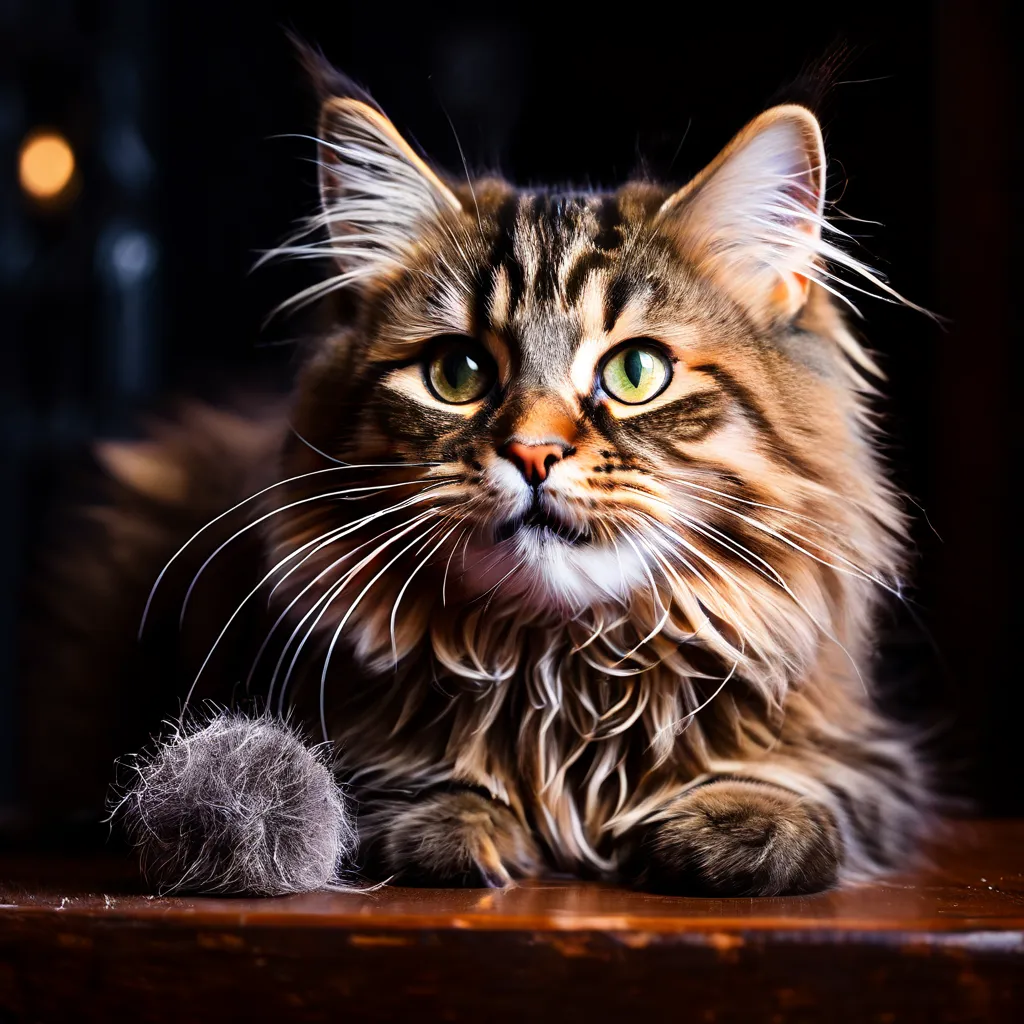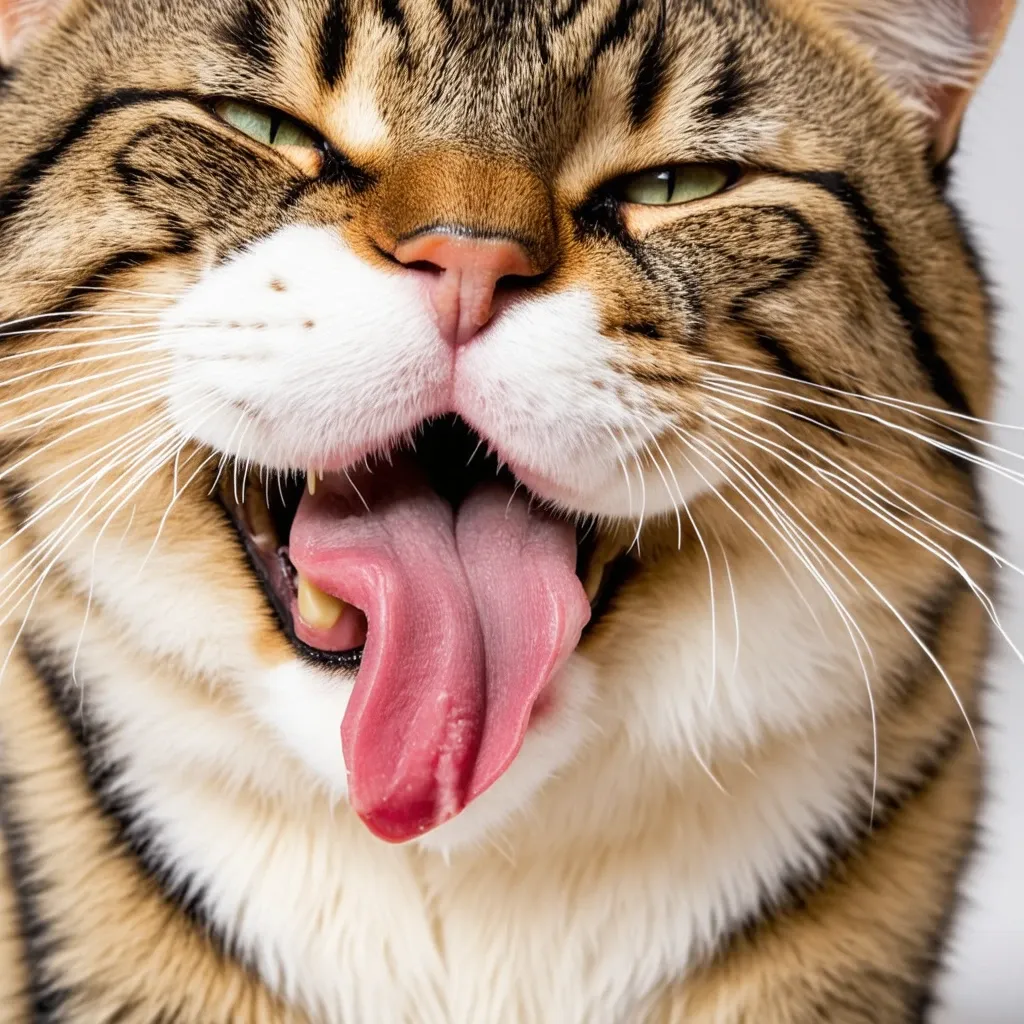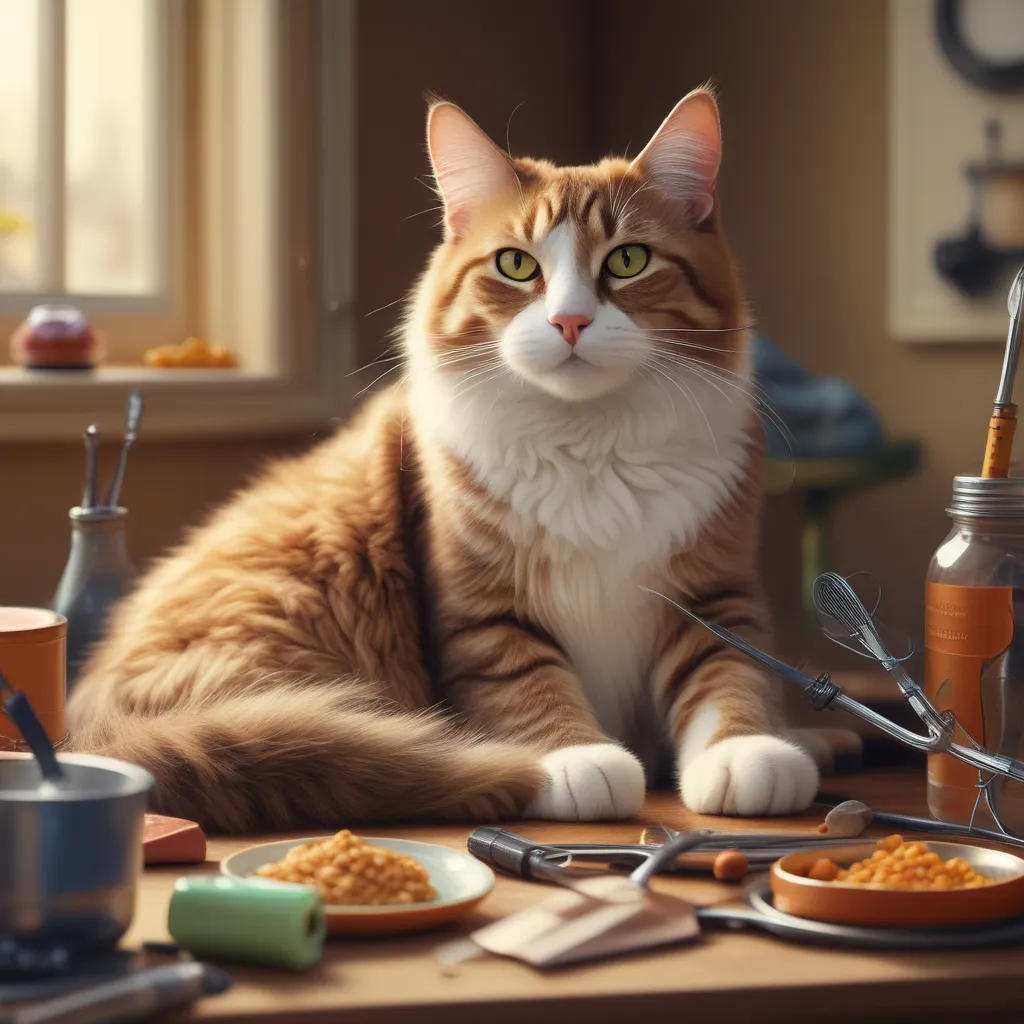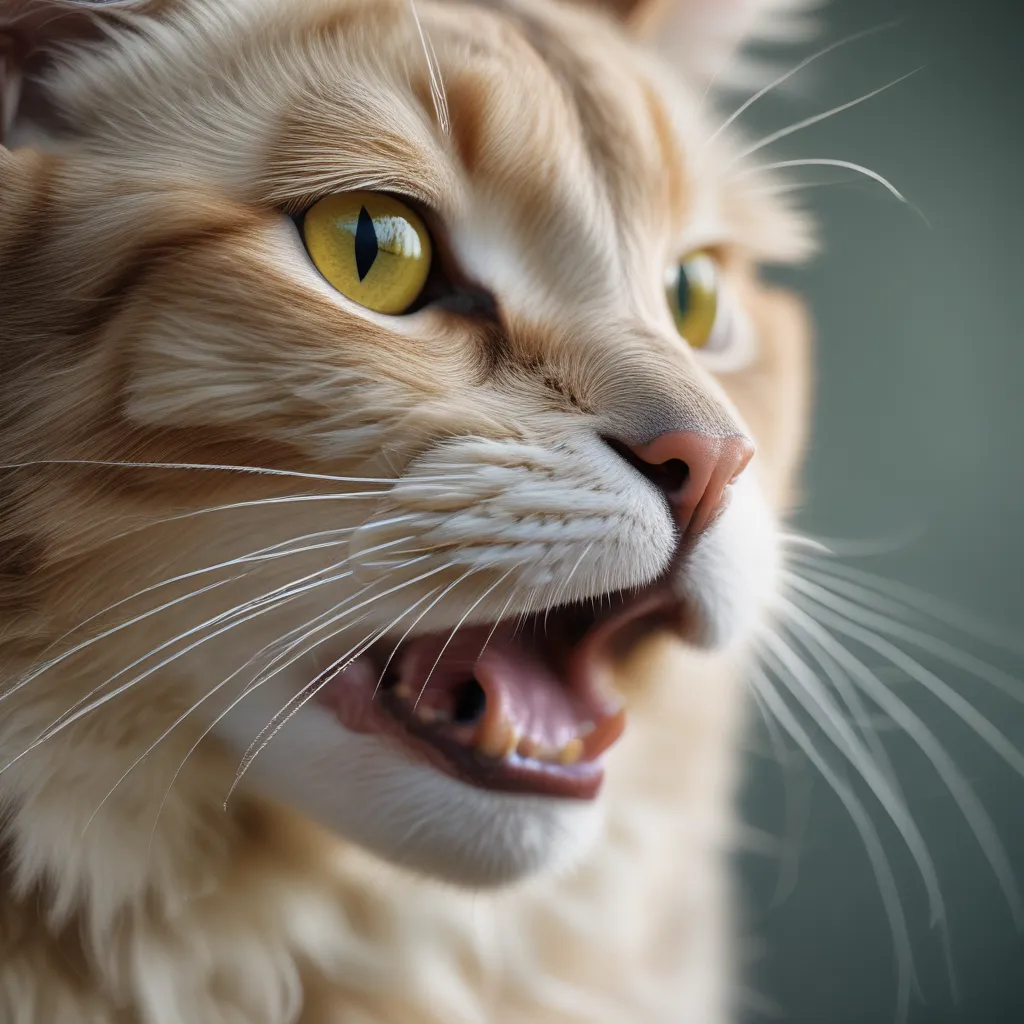Introduction
Are hairballs painful for cats? As a responsible cat owner, it’s natural to wonder about the impact of hairballs on your feline friend’s well-being. Hairballs, a common phenomenon in cats, occur when swallowed hair accumulates in the stomach and forms a ball. While it’s a normal part of a cat’s grooming process, hairballs can sometimes cause discomfort and even pain. In this article, we’ll delve into the world of hairballs, exploring what they are, how they form, and most importantly, whether they cause pain or discomfort in cats. 
What are hairballs and how do they form in cats?
Hairballs, also known as trichobezoars, are a common phenomenon in cats. They are formed when swallowed hair accumulates in the stomach and fails to pass through the digestive system. This happens because the tiny backward-slanted projections (papillae) on a cat’s tongue propel the hair down their throat and into their stomach during the grooming process.
As your cat grooms herself, she swallows a lot of the dead hair that has come loose. Normally, the hair passes through the digestive system without any issues. However, if some hair stays in the stomach, it can form a hairball. Usually, your cat will vomit the hairball to get rid of it.
Long-haired breeds like Persians have the greatest tendency toward hairballs, though any cat can develop them because every cat sheds. Hairballs are a natural by-product of a good, clean habit, but they can sometimes be a symptom of an underlying issue, such as inflammatory bowel disease, GI lymphoma, internal parasites, pancreatitis, or foreign bodies.

Do hairballs cause pain or discomfort in cats?
Hairballs can cause painful and serious gastrointestinal blockages that require immediate veterinary intervention. In rare instances, hairballs can cause a blockage of the intestinal tract, which can be fatal for your cat. If too much hair is building up and cannot be passed in the feces or as a hairball, it may cause an intestinal blockage, leading to severe pain and discomfort.
However, in most cases, cats are able to bring up or pass hairballs on their own, sooner or later, without experiencing any significant pain or discomfort. Signs of pain or distress may include vomiting, inflammation, and irritation in the intestines.
It’s essential to monitor your cat’s behavior and health, especially if they are vomiting or showing signs of distress, as hairballs can be a sign of an underlying issue. If you suspect that your cat is experiencing pain or discomfort due to a hairball, it’s crucial to seek veterinary attention promptly.
In summary, while hairballs are typically harmless, they can cause pain and discomfort in cats if they become stuck in the intestines or cause a blockage. If you’re concerned about your cat’s health or suspect that they are experiencing pain due to a hairball, consult with your veterinarian for advice.
Recognizing the symptoms of hairballs in cats
Recognizing the symptoms of hairballs in cats is crucial to provide timely treatment and prevent complications. Here are some common signs to look out for:
- Vomiting: If your cat is vomiting frequently, especially if the vomit contains hair, food, and fluid, it may be a sign of a hairball.
- Lack of appetite: A decrease in appetite or refusal to eat can indicate that your cat is experiencing discomfort or pain due to a hairball.
- Weight loss: Unexplained weight loss can be a sign of a hairball, especially if your cat is not eating properly.
- Lethargy: If your cat appears lethargic or shows a lack of energy, it may be a sign of a hairball.
- Diarrhea or constipation: Changes in bowel movements, such as diarrhea or constipation, can be a sign of a hairball.
- Dry cough and/or wheezing: A dry cough or wheezing sound can indicate that your cat is trying to dislodge a hairball.
- Swollen abdomen: A swollen abdomen can be a sign of a hairball, especially if it’s accompanied by other symptoms.
If you suspect that your cat has a hairball, it’s essential to monitor their behavior and watch for any changes. If your cat is showing any of these symptoms, consult with your veterinarian for proper diagnosis and treatment.
Preventing and treating hairballs in cats
Preventing hairballs in cats is crucial to avoid the discomfort and pain they can cause. Here are some effective ways to prevent and treat hairballs in cats:
Brushing
Regular brushing can help remove loose hairs, dander, and dirt that would otherwise be ingested by your cat. This is especially important for long-haired cats.
High-Fiber Diet
Feeding your cat a high-fiber diet can help reduce hairballs. Many cat foods are formulated to minimize hairballs, and adding a tablespoon of canned pumpkin to their meals can also help.
Hairball Products
Using hairball products or laxatives can help remove hair from your cat’s digestive system. These products are usually mild laxatives that can be given to your cat orally.
Omega Oil
Adding omega oil or fish oil to your cat’s diet can improve the overall health of their hair follicles, reducing the likelihood of hairballs.
Surgery (in severe cases)
In severe cases where a hairball blockage is detected, surgery may be required to remove the hairball. However, this is usually a last resort and other treatments are often effective.
Remember, prevention is key. Regular grooming, a balanced diet, and using hairball products can go a long way in preventing hairballs in cats.
Conclusion
In conclusion, hairballs are a common issue in cats, and while they can be frustrating and even painful for our feline friends, they are generally not a cause for concern. By understanding how hairballs form, recognizing the symptoms, and taking preventative measures, cat owners can help reduce the occurrence of hairballs and ensure their cat’s overall health and well-being.
Remember, a healthy diet, regular grooming, and providing adequate fiber can go a long way in preventing hairballs. If your cat is experiencing frequent hairballs or showing signs of discomfort, consult with your veterinarian to rule out any underlying health issues.
By being proactive and taking the necessary steps, you can help your cat live a happy, healthy, and hairball-free life. 
















